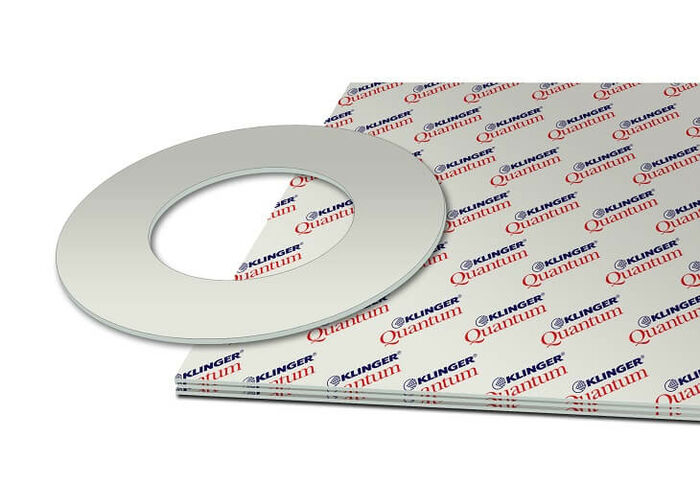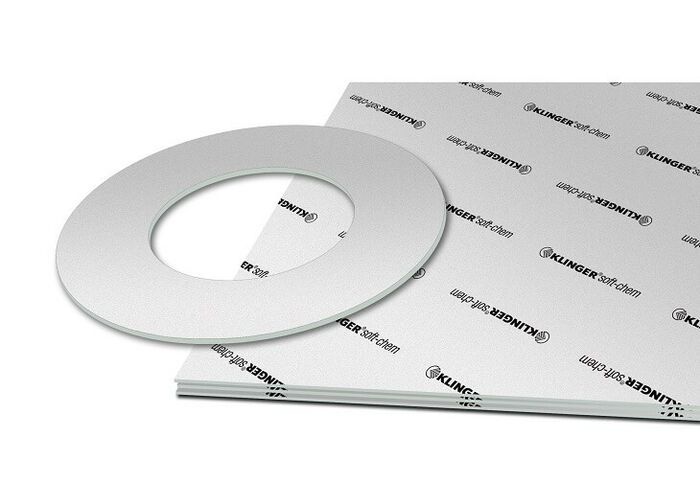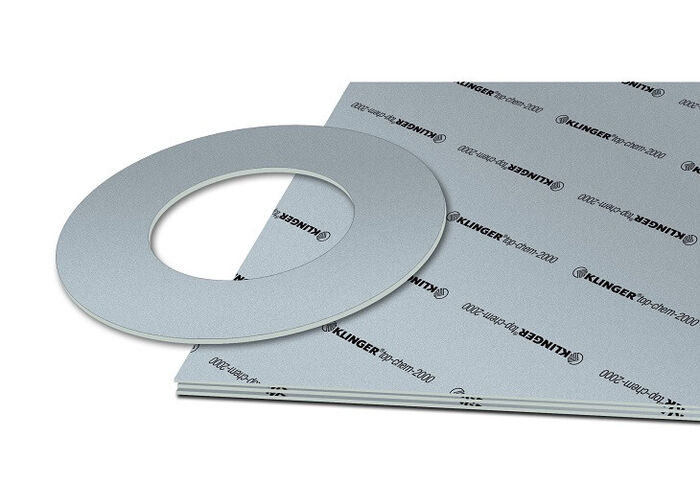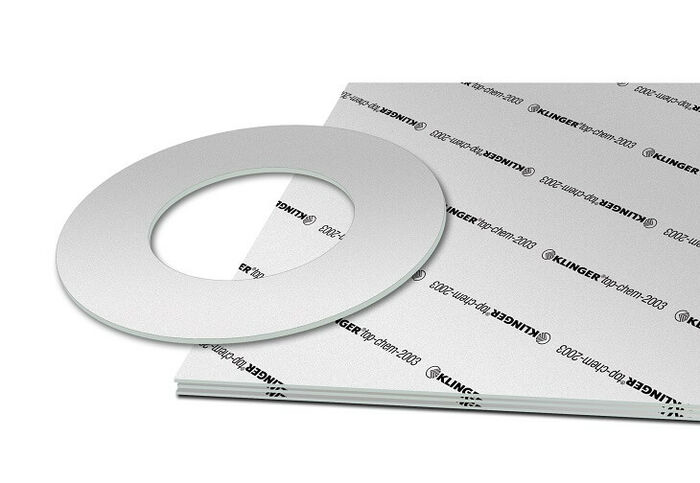Material Hub > Materialien
Materialien
-
Kategorie ThermoplasteDichte 1.41 g/cm³Einsatztemperatur -50 – 100 °C
-
Kategorie ThermoplasteDichte 1.41 g/cm³Einsatztemperatur -50 – 100 °C
-
Kategorie VerbundwerkstoffeDichte 1.7 g/cm³Einsatztemperatur –
-
Kategorie ThermoplasteDichte 0.9 g/cm³Einsatztemperatur –
-
Kategorie VerbundwerkstoffeDichte 2.5 g/cm³Einsatztemperatur –
-
Kategorie VerbundwerkstoffeDichte 1.7 g/cm³Einsatztemperatur –
-
Kategorie ThermoplasteDichte 1.31 g/cm³Einsatztemperatur -60 – 250 °C
-
Kategorie ThermoplasteDichte 1.31 g/cm³Einsatztemperatur < 260 °C
-
Kategorie ThermoplasteDichte 1.41 g/cm³Einsatztemperatur -50 – 100 °C
-
Kategorie KunststoffbeschichtungDichte –Einsatztemperatur -40 – 200 °C
-
Kategorie KunststoffbeschichtungDichte –Einsatztemperatur -40 – 250 °C
-
Kategorie ThermoplasteDichte 1.5 g/cm³Einsatztemperatur -210 – 260 °C
-
Kategorie ThermoplasteDichte 2.9 g/cm³Einsatztemperatur -210 – 260 °C
-
Kategorie ThermoplasteDichte 2.1 g/cm³Einsatztemperatur -210 – 260 °C
-
Kategorie ThermoplasteDichte 0.9 g/cm³Einsatztemperatur -210 – 260 °C
-
Kategorie ElastomereDichte 1.35 g/cm³Einsatztemperatur -100 – 250 °C
-
Kategorie ElastomereDichte 1.3 g/cm³Einsatztemperatur -100 – 250 °C







